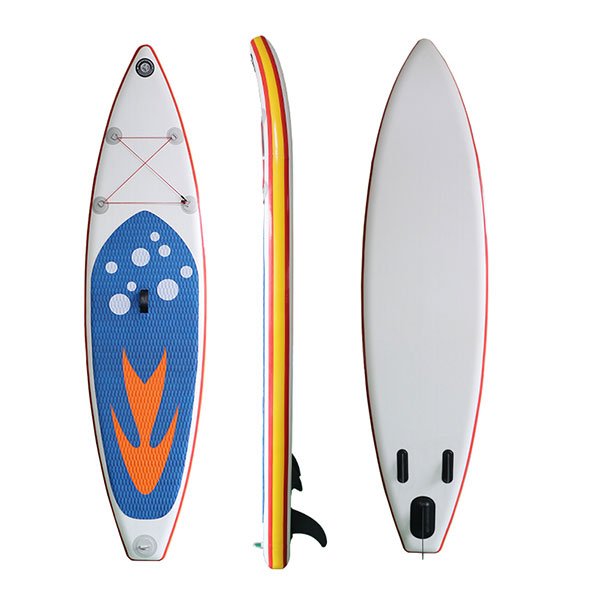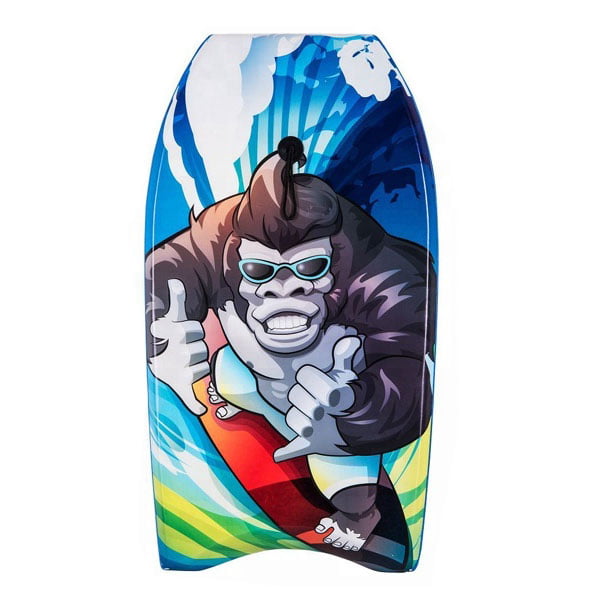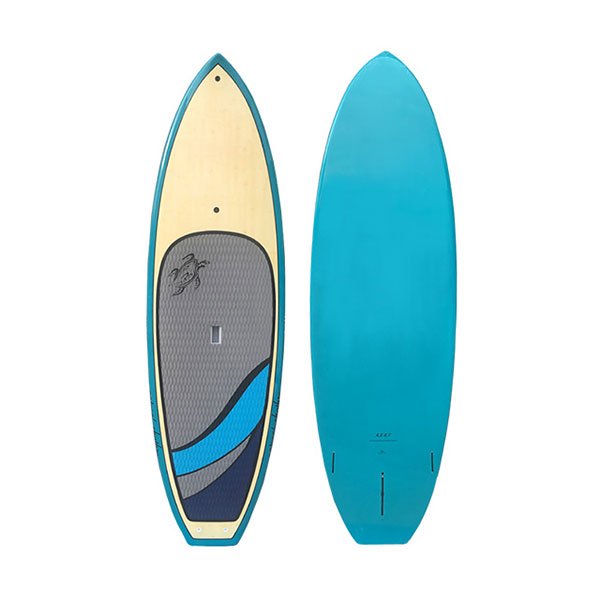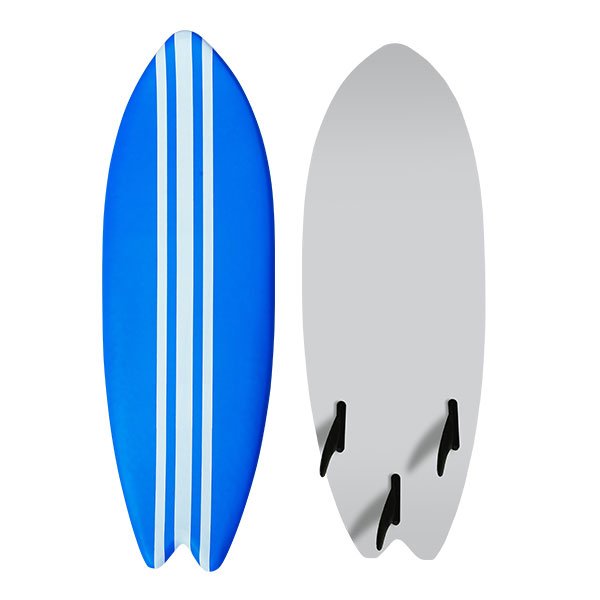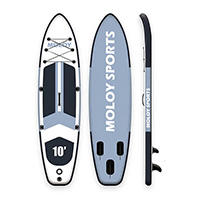
Planche de surf époxy et planches de surf PU (fibre de verre)
Sans aucun doute, Moloy Sports Au cours des 10 dernières années, la question la plus posée par les surfeurs est « En quel matériau ma planche de surf doit-elle être fabriquée ? Avec les progrès rapides de la technologie dans le surf, nous avons maintenant le choix entre plusieurs options.
PLANCHES DE SURF ÉPOXY
Le matériau époxy fait Planche à pagaie debout plus léger, plus fort. L'intérieur en mousse de polystyrène (PE) utilisé dans une planche de surf époxy pèse moins que l'intérieur en polyuréthane (PU) d'une planche de surf traditionnelle, ce qui la rend plus légère.
Ses performances et sa résistance supérieures ont été prouvées dans une grande variété de conditions de vagues.
Une planche de surf en époxy a une meilleure flottabilité qu'une planche en fibre de verre, ce qui la rend plus facile à pagayer, à flotter et finalement à attraper les vagues. Cela en fait un excellent choix pour les surfeurs qui débutent.
Contrairement au noyau en polyuréthane ordinaire planches de surf, ÉPOXY Carte ISUP Comprend un noyau EPS haute densité, un laminage de résine époxy et le tissu en fibre de verre le plus fin. La conception du panneau de la finition de cuisson au piano brillante donne un aspect semi-polissant. Avec tapis EVA, poignée facilement accessible, laisse, rame et aileron arrière, c'est un choix parfait pour le surf et la croisière.
Dans ce type de construction, les fabricants choisissent d'ajouter d'autres matériaux pour améliorer le flex de la planche.
PLANCHES DE SURF EN POLYESTER
Aussi connu sous le nom de panneaux en fibre de verre ou en polyuréthane (PU).
Les planches de surf en polyester sont fabriquées depuis plus de 50 ans et sont considérées comme les planches de surf les plus traditionnelles.
Composé de:
La forme est donnée par une mousse de polyuréthane intérieure avec une "âme" en bois au centre.
La mousse PU est enveloppée dans un tissu en fibre de verre et recouverte de résine polyester pour la rendre plus dure.
FLEXIBLE
C'est la principale raison pour laquelle de nombreux surfeurs expérimentés utilisent encore des planches en polyester. Les planches en époxy n'ont pas encore atteint la même sensibilité que les planches en polyester.
LESTER
Dans des conditions plus lourdes, dans des vagues puissantes, ils aident à maintenir le contrôle de la vitesse.
Comme vous pouvez le voir, les deux ont leurs avantages et leurs inconvénients.
La meilleure chose à faire est que vous l'essayiez vous-même et que vous voyiez avec laquelle vous vous sentez le mieux dans différents types de conditions.
N'oubliez pas que le matériau de la planche de surf est important, mais ce n'est pas tout. La taille, la forme, les litres ou encore les palmes que vous choisirez, vous donneront une sensation et une perspective différente dans l'eau. L'opinion la plus courante est que «En ce qui concerne la durée de vie, l'époxy durera au moins deux fois plus longtemps. La résine de polyester est beaucoup plus fragile, a tendance à se micro-fracturer et à se décomposer beaucoup plus rapidement que l'époxy. C'est pourquoi il n'y a plus de voiliers et de bateaux de course en résine polyester (des trucs haut de gamme comme ça) sur le marché. "

